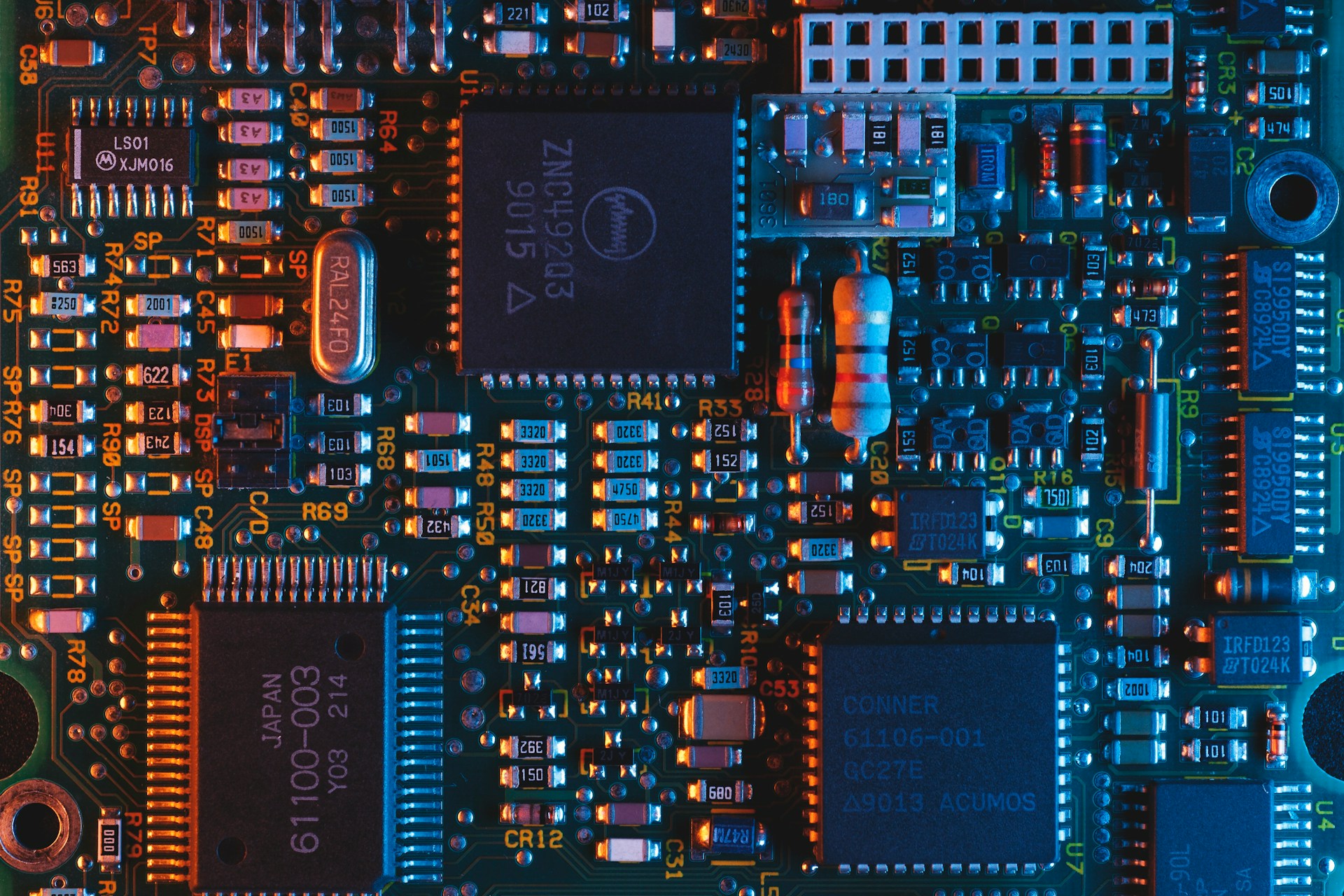The Electronic Logging Device (ELD) industry has undergone significant advancements in recent years, transforming the way fleets manage their operations and comply with regulations. As technology continues to evolve, new trends and innovations are emerging in the ELD industry, promising to further enhance efficiency, safety, and compliance. In this detailed blog article, we will explore some of the key trends and innovations shaping the future of ELDs and their potential impact on the transportation industry.

1. Integration with Advanced Telematics
One of the most significant trends in the ELD industry is the integration of ELDs with advanced telematics systems. Telematics systems use GPS technology to track and monitor vehicles in real time, providing valuable data on vehicle location, speed, and performance. By integrating ELDs with telematics systems, fleets can gain deeper insights into driver behavior, fuel consumption, and vehicle maintenance, leading to improved efficiency and cost savings.
2. Artificial Intelligence and Machine Learning
Artificial Intelligence (AI) and Machine Learning (ML) are revolutionizing the ELD industry by enabling ELDs to analyze vast amounts of data and provide actionable insights. AI-powered ELDs can predict maintenance issues before they occur, optimize route planning, and even detect patterns of risky driving behavior, helping fleets improve safety and compliance.
3. Enhanced Safety Features
ELD manufacturers are increasingly incorporating advanced safety features into their devices to help prevent accidents and protect drivers. These features may include real-time driver coaching, collision avoidance systems, and driver fatigue detection technology, all of which contribute to safer driving practices and reduced accident rates.
4. Cloud-Based Solutions
Cloud-based ELD solutions are becoming increasingly popular due to their flexibility, scalability, and accessibility. Cloud-based ELDs allow fleets to access their data from anywhere, at any time, using any device, making it easier to manage operations remotely and collaborate with team members more effectively.
5. Blockchain Technology
Blockchain technology is being explored as a potential solution for enhancing the security and integrity of ELD data. By using blockchain technology, ELDs can create a tamper-proof record of driver logs, ensuring that data cannot be altered or falsified, thus improving compliance and regulatory oversight.
6. Sustainability Initiatives
Many ELD manufacturers are focusing on sustainability initiatives, such as developing ELDs with low power consumption and using eco-friendly materials in their construction. These initiatives not only reduce the environmental impact of ELDs but also align with the broader goal of creating a more sustainable transportation industry.
Conclusion
The future of ELDs is filled with exciting possibilities, driven by emerging trends and innovations that promise to enhance efficiency, safety, and compliance in the transportation industry. From integration with advanced telematics systems to the use of AI and ML, ELDs are evolving rapidly to meet the evolving needs of fleets and drivers. As these technologies continue to mature, we can expect ELDs to play an even more significant role in shaping the future of transportation.



